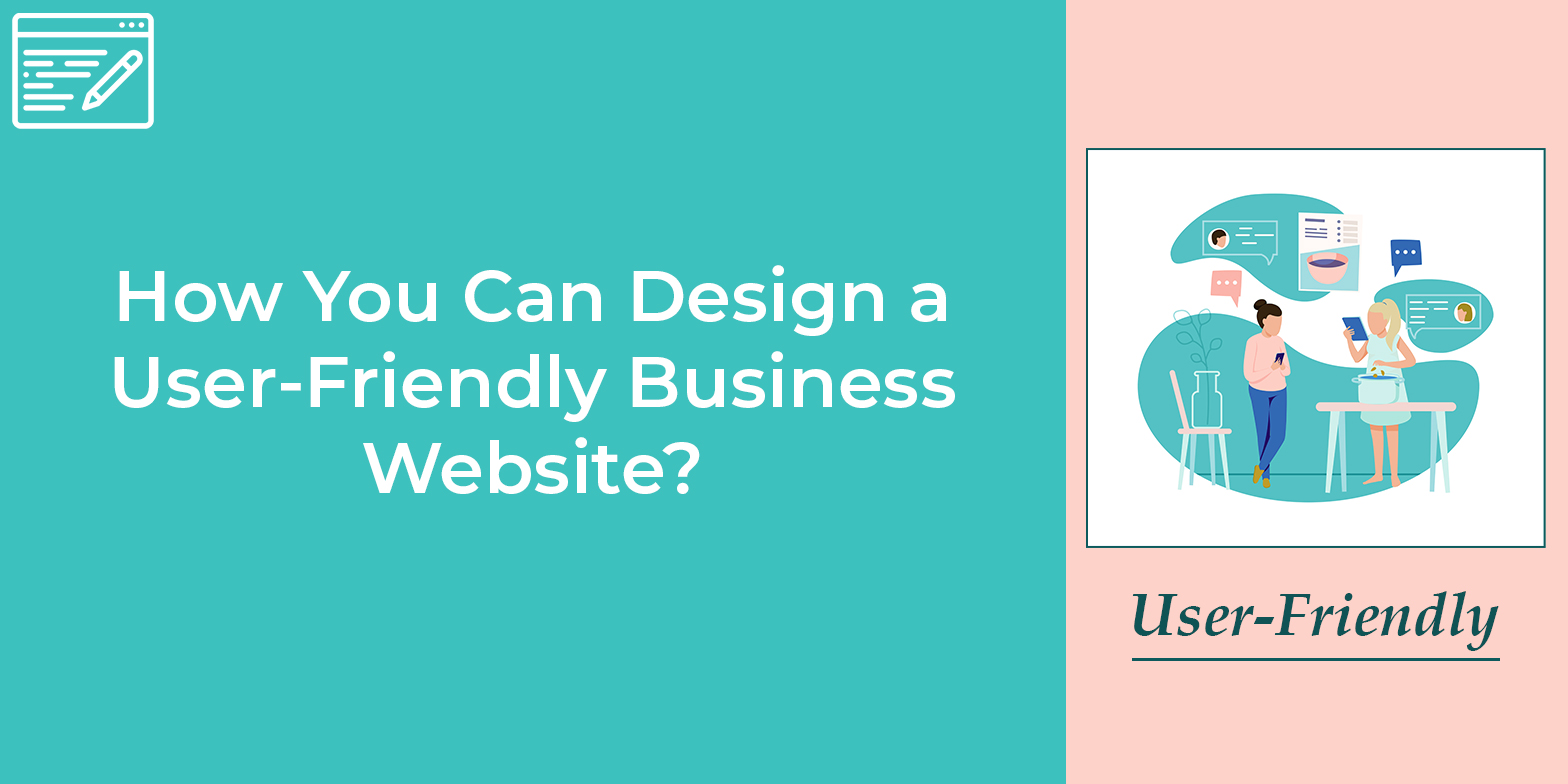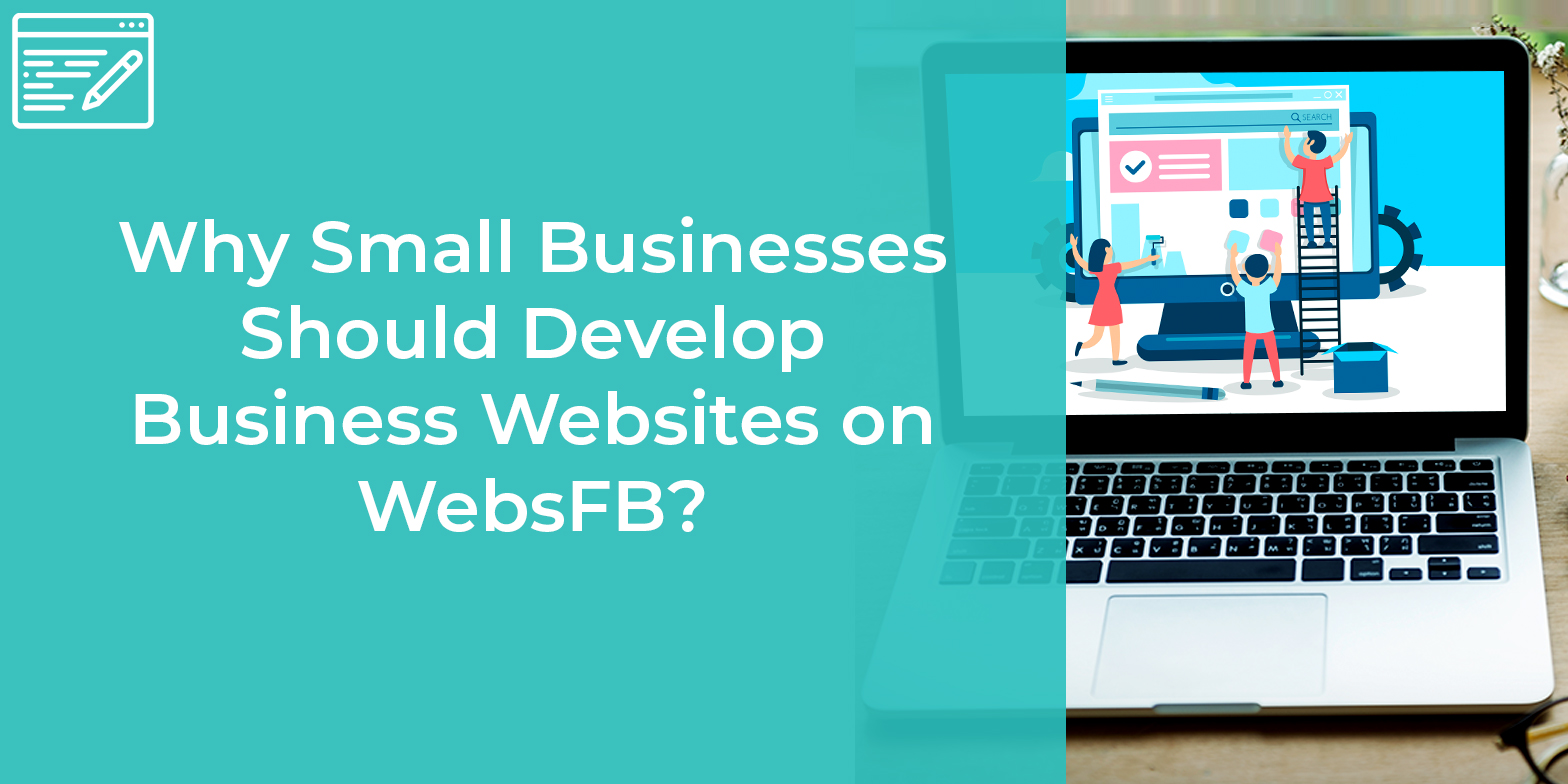How You Can Design a User-Friendly Business Website?
February 21 - 3 year before
Today it has become imperative to have a business website for every small and big business. Business websites help the users to find the service on the internet and they can easily sell the service and product to both local and foreign customers.
Today we have brought this article to highlight some of the considerable facts that can help you to design a website interface user-friendly. For this you should know what a user-friendly website is, then we can discuss the tips to design the interface in a user-friendly way.
What is a User-Friendly Website?
A user-friendly website warmly welcomes the guests on your site. The elements of a user-friendly site are positioned in the perfect place. When we discuss a user-friendly website then it means that your website will be a combination of quick load time, uniqueness, aesthetics, etc. Such sites can retain customers or site users for a long time.
So, it can be said that a user-friendly website can provide a pleasant experience to your customers. Site viewers can find relevant information without wasting their time. It has been seen that most 0websites lose their site visitors in a few seconds only if they find any obstacle while surfing the site. So, we can say that to build a solid customer base you must try to make user-friendly websites.
Tips to Build a User-Friendly Site
i). Keep Site Navigation Simple
Site navigation is the most critical aspect of any website. Site users should be able to find the desired information instantly. They should be able to navigate site pages effortlessly and if it is taking a long time to locate desired information then navigation redesigning may be required. To design, the site menu imagine yourself as a site visitor and then design the menu.
The website menu should be placed at the perfect place and with proper acronyms. Site users should find the navigation easily. Avoid using multiple sub-menu layers to provide a better user experience. Users should not go through many sub-menus to access their desired information. A search box on the site offers tremendous navigational features.
ii). Readable Information
You may have to deliver a lot of useful information to the site, but if the site users will not be able to grasp information quickly you may lose them. It has been noticed that the site pages usually do not read the page even they just scan the page to get the desired information.
You can make your website readable by ensuring the color contrast of several site elements like the background color should be different from the text color. This tactic increases text readability. Apart from this text font should also be kept as simple as possible. Some other test formats like bullets, sentences, or headline highlighting can also increase the site readability.
iii). Quick Loading
Load time of the site is a significant factor to determine the success of the site. Your site should be accessible just in one click and if it takes a long time to load then people will not like to stay on the site. Studies have shown that people leave the site if it takes more than 10 seconds to load.
To improve the site loading time just remove heavy elements like videos. Too many videos and multimedia on-site slow down the site speed. So, ask the graph designer to include a few videos and images. By compressing the site code you can also reduce the site loading time. Here are the tools which help you to get these details: GTmetrix, PageSpeed Insights tool and more.
iv). Design Mobile-Friendly Site
These days most people use mobile phones when they must search for any service or information. So, you need to design a mobile-friendly site. Today while designing the site, you should plan and know how your site will look on mobile along with desktop. A user-friendly site should be mobile-friendly as well.
For mobile devices, the navigational pattern is different than desktop sites. The buttons of the mobile version of the sites are clickable by finger only. Moreover, the images of the sites should be as per device for the mobile device the images should be small, while for desktop sites the images should be somewhat large.
v). Utilization of White Space on Website
To develop a user-friendly website, you should try to distribute the website elements judiciously on the page. For this, you can utilize the white space on the page properly and maintain proper white space in-between two components. A white space in-between the two components give a better view to the site reader. In this way, even the site visitor stays on the site for a longer time.
Studies have proved that a lot of white space around texts and titles then it can take more than the attention of the site visitors. More white space on the page gives it more openness and freshness. However, too much white space is also not recommended as it shows less information on the page. You should try to manage the white space of the site in a balanced way.
Final Example
Keeping website design simple can indeed enhance user experience. Here, you can take an example of Apple Inc. When in 2007 Apple’s smartphone was launched it revolutionized the industry of smartphones. The key factor of the Apple iPhone was not its features, instead, Apple used the same design principles but in a simple way so that everyone Apple user can easily understand and use it. Designing a user-friendly site can be a game-changer for you.
-
Subscribe to Stay Updated with Latest News
Easy 7 steps for build your website.

Select Template
Choose Color
Add Logo
Add Navigation
Setup Account
Add Content
Go LIVE!
Categories
- Blogging Platform (1)
- Business (26)
- Development (24)
- Email Marketing (8)
- Graphic Design Trends (4)
- Hosting Platforms (1)
- How To's (18)
- Ideas and Inspiration (3)
- Inspiration Technology (5)
- Management (2)
- Marketing (38)
- New Features (10)
- News (25)
- Online Advertising (3)
- Promote Your Website (27)
- Search Engine Optimization (8)
- Security (4)
- Small Business Tips (43)
- Social Media (6)
- Uncategorized (2)
- User Experience (3)
- Web Design (42)








